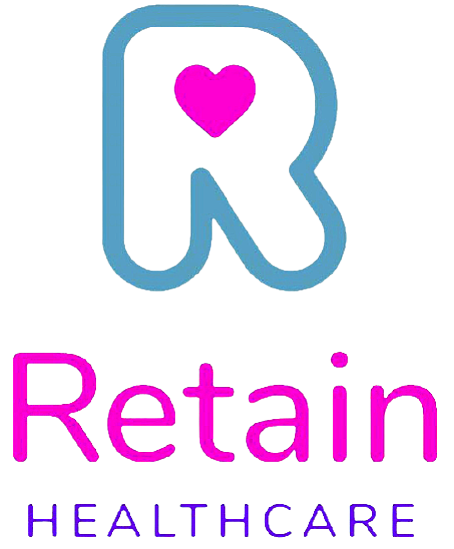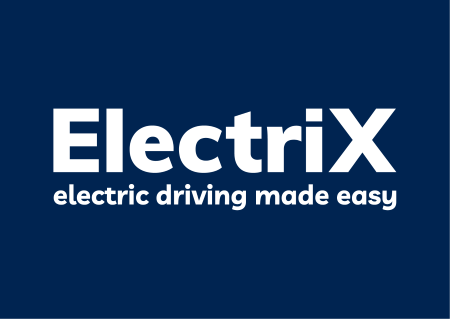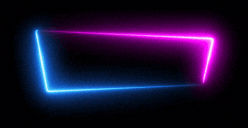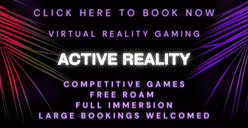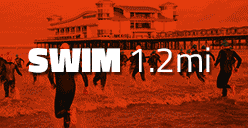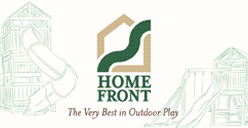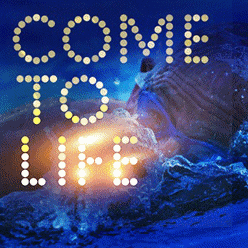In case you missed it see what’s in this section
Let's Talk

Rethinking what technology means to include the scientific writings that tell people what to do?
The rapid advancement of technology will, in the not too distant future, enable mankind to colonize Mars.
Nobody is probably capable of listing all of the new technologies that are coming into existence, such as the Internet of Things, 5G, artificial intelligence, autonomous driving, and so on and so forth. The intricacy of today's modern world is fascinating, but it can also be difficult to understand and tough to wrap one's head around. Yet, the researchers, engineers, and technicians only need to concentrate on the portion of the task that is under their purview. The most complicated robots are broken down into a number of smaller, more functional pieces that can be controlled by their respective experts. They rely on scholarly writings and their own internal processes for direction. In spite of the intricacy of technologies, in the end they will be traced back to the straightforward origins described in scientific writings.
According to Wikipedia, technology is "the accumulation of techniques, skills, procedures, and processes used in the creation of products or services or in the achievement of goals, such as scientific research."According to the results of a search on Bing.com, the definition of technology is "the application of scientific knowledge for practical applications, particularly in industry." The definitions are quite open-ended and appear to encompass any and all practical means by which people may accomplish something. In fact, technology is itself a wide term that may be defined in a variety of ways. Both of these definitions are accurate in the sense that they describe the relevant facts. Nevertheless, they do not provide an explanation for the meaning of phrases like "techniques," "application," and "scientific knowledge," which are nebulous concepts that might refer to anything in the universe.
Due to the fact that we defined science in terms of texts in the article titled "A New Definition of Science: The Textual Basis That Depicts the Actual World," it is only logical that we describe technology in terms of texts as well, given the scientific character of technology. In today's world, science and technology are inextricably linked to one another and cannot be considered separate fields.
1. Scientific books, which are the fundamental building blocks of technology
We think of books as the foundation of science, and they need to be the foundation of technology as well, given that the fundamental aspects of both science and technology are the same. To avoid repetition of the textual character of science and technology, readers interested in learning more about this topic might go to our article on "Language: the Foundation of Science.
"https://sportspoient.site/sports/f/top-10-participatory-sports-throughout-the-world
The scientific method is capable of modeling anything, including the behavior of humans. The representation and accumulation of data include not just natural occurrences but also human activity. Texts are used to document the processes, techniques, and specifics of achieving an achievement, and these texts are subsequently used to create representations. Textual representations enable the organization and classification of human actions, as well as the expansion of technological foundations that have previously been established.
Technology's defining traits and characteristics
Typically, one examines technology from the perspective of its effects on society, such as its connections to culture, its applications in everyday life, its connections to economics, politics, and other fields, and so on. These aspects are more visible than they are essential. They are not based on texts or have their primary focus on things that are not texts. Not only does attributing the features of technology to the many components of societies make the problem more complicated and lead to an unending amount of interactions, but it also diverts people's intentions away from the genuine nature of technology.
In light of the complexity, variety, and constant evolution of today's pervasive and ever-changing technologies, we should give much thought to the qualities that are shared by all technologies and that are possessed by texts. Texts are the medium through which technology obtains the fundamental characteristics that are shared by all forms of technology.
Technical documentation
Documentation is necessary for understanding, learning, communicating, and documenting reasons. This includes documentation of methods, skills, materials, processes, and concepts, among other things. Manuals for end users and technical specifications are often the first pieces of information that consumers and engineers want, whether the product is being sent out or is still in the development phases. Some technical documentation even provides a more accurate description of a product than the device's actual functioning does. Documents are relatively consistent, straightforward, simple, accurate, dependable, and explicative in spite of the complexity of the operations, variations in the working conditions and by various persons, the abundance of materials, and the shifting workforce.
It should be underlined once more that scientific books are written with the mind in mind. The technical papers ought to be put into practise, and the technological writings should not be equated with one another.
2. The distinctions between scientific research and technological development
It is necessary to do so to determine the distinctions between science and technology. Although they have the same fundamental components, their outward manifestations and primary foci are distinct from one another to reflect the many facets of the human experience.
The fields of science and technology share many of the same subfields and bodies of knowledge. The primary distinction between science and technology is in their respective purposes and goals. The goal of science is to observe and understand phenomena, but the objective of technology is to take action and effect change. Both of their directions are diametrically opposed to one another. While technology places a greater emphasis on action, science is primarily concerned with observation. The same texts can be classified as scientific or technological writing depending on the purpose and context in which they are read.For instance, the law of motion is considered a science in and of itself, but it is transformed into technology when it is used in the construction and operation of equipment.
The world that was created by humans is inextricably linked to technology. The look of the earth as well as the way people live have been altered as a result of human activity. Although one might also claim that individuals utilized science in order to accomplish all of these things, technologies are the primary cause of all of these results. Intuitively, one may consider science to be a more fundamental and in-depth degree of knowledge, whereas technology is typically linked with more immediate applications.https://sportzpoint.com/category/cricket/
The focus of science is typically on the fundamentals, whereas the focus of technology is more on the specifics. But books also play an extremely important part in their development.
In today's world, information travels at the speed of light, and items are delivered promptly. Humans lived in situations where they were increasingly surrounded by things and buildings that had been made by machines. People were able to more easily accomplish their objectives by utilizing the information and resources that were already available to them. On the other hand, there are a lot of queries that can be answered by typing them into search engines, and the process only takes a few seconds. It would appear that everyone has a sufficient amount of information. To accomplish anything, one only needs to act. As a direct consequence of this, more individuals have begun to prioritize taking action, and the word "technology" has begun to eclipse the use of the word "science" in common parlance.
3. A definition of technology based on the use of text
Because science and technology are so different, we'll now give a new definition of technology:
The scientific literature that serves as the basis for human behavior
This term touches on two different topics:
In the beginning, there was technology, which was scientific books.
Second, the reading of these writings serves as a form of direction.
Our definition doesn't seek to invalidate current definitions. Instead, we look at it from a new perspective, hone in on a more fundamental level, and concentrate ourselves on a text-centered picture of the universe.
Accessibility of technological resources
Human actions almost always have some sort of intended aim. As a result, technological advancements typically have real-world applications. Nevertheless, the scope of applicability shifts depending on the particular technology utilized. In addition, a technology that is beneficial in a certain situation or for a particular group of individuals could not be useful in another situation or for a different group of people. It's possible that the actions will be good for society or that they may be harmful.
Potential broadening of the meaning of the term
It is possible that animals and robots may use technology in the future and probably already do so. One example of this technology is artificial intelligence (AI). In many instances, the influence of scientific writings is felt not directly through the actions of humans but rather through those of animals or robots. Their use of technology mimics human intelligence, and there are no significant differences between the two.The scope of the concept might be broadened to include any actions, both human and non-human, that are directed by scientific writings.
Combining non-textual technology with textual technology to form a unified whole
It's possible that some people may claim that even animals and illiterate cultures have some type of technology, even if it's not nearly as complex as contemporary technology. We will focus on the basics so that we don't get bogged down in a lot of confusing examples, some of which aren't clear.Science is different because it goes in a certain order, is clear, and shows what is really going on.These characteristics may also be seen in technology that is up-to-date and sensible. In essence, the technological developments in illiterate civilizations sprang from the sequential brains that possessed scientific capabilities in a primitive form. These minds were able to handle non-texts rather than texts in a manner that was less efficient and effective. Scientific books in fact illustrate those features, help with the processing of visual information, and further our understanding of the capabilities of the minds of humans.
4. A paradigm of science and technology that is based on the text
We are now in a position to suggest a model of science and technology that is centered on texts. This model begins with investigative observations, from which scientific and technological texts are derived, which then lead to actions through the appropriate application of those texts. That is to say, both scientific and technological topics are covered in depth throughout the literature. If the objective is to move from non-text to text, with a particular emphasis on developing hypotheses, then these works are more about the scientific method. If the aim is to move from the text to the non-text direction and place the emphasis on doing action, then these texts focus more on technology. Because of the activities, the environment is altered, and as a result, it becomes a new topic of observation, which in turn leads to the development of new scientific and technical writings. In this manner, activities pertaining to science and technology constitute an infinite number of iterations, with texts serving as the focal point.
5. The inference drawn
The essence of technology may now be understood as a result of this revised definition. The connection between scientific inquiry and practical application is analyzed and discussed in depth throughout the readings. The complexity of comprehending technological concepts has been simplified. There is now a new foundation upon which future discussions about our technological world might take place.
When text is used to define technology, the scientific benefits of different ways of writing will also be used to judge the technical benefits of those writing systems.?
Weather in Bristol
Listings

